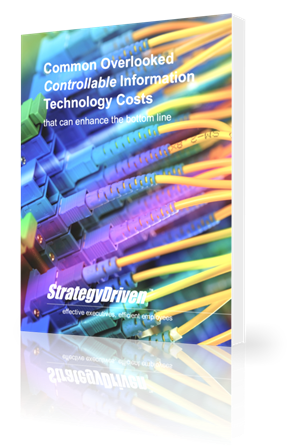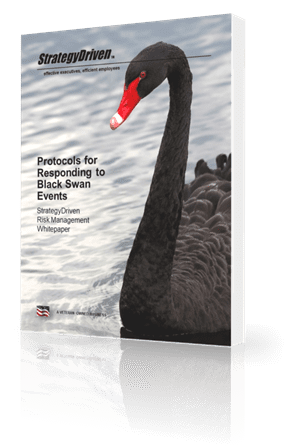Diversity and Inclusion – What Does Your Environment Communicate?

- physical environment
- social environment
- decision environment
- positional environment
- developmental environment
- recognition and rewards environment
Hi there! Gain access to this article with a FREE StrategyDriven Insights Library – Sample Subscription. It’s FREE Forever with No Credit Card Required.
| Sign-up now for your FREE StrategyDriven Insights Library – Sample Subscription
In addition to receiving access to Diversity and Inclusion – What Does Your Environment Communicate?, you’ll help advance your career and business programs through anytime, anywhere access to:
Best of all, it’s FREE Forever with No Credit Card Required. |
Additional Information
As with all self assessments, there exists a wide array of tools that can be employed when examining each organizational environment. These tools range from the concrete direct observation to the less tangible surveys and interviews. Recommendations regarding the collection and synthesis of self assessment data can be found in Evaluation and Control Best Practice 1 – Data Synthesis and the Information Development Model.
Additionally, the most valuable self assessments use standards of excellence as their comparative basis and apply a highly critical eye to the organization’s conditions and performance. Information regarding the application of this high level of scrutiny can be found in:
- Strategic Analysis Best Practice 1 – Integrity without Excuses
- Strategic Analysis Best Practice 2 – advocates diabolic, The Devil’s Advocate
- Strategic Analysis Best Practice 3 – Identify the Hidden Drivers
- Strategic Analysis Best Practice 3 – Identify the Hidden Drivers (Continued)
- Strategic Analysis Best Practice 4 – Independent Assessors
- Self Assessment Best Practice 1 – Executive Sponsorship
- Self Assessment Best Practice 2 – Multidiscipline Teams












Leave a Reply
Want to join the discussion?Feel free to contribute!